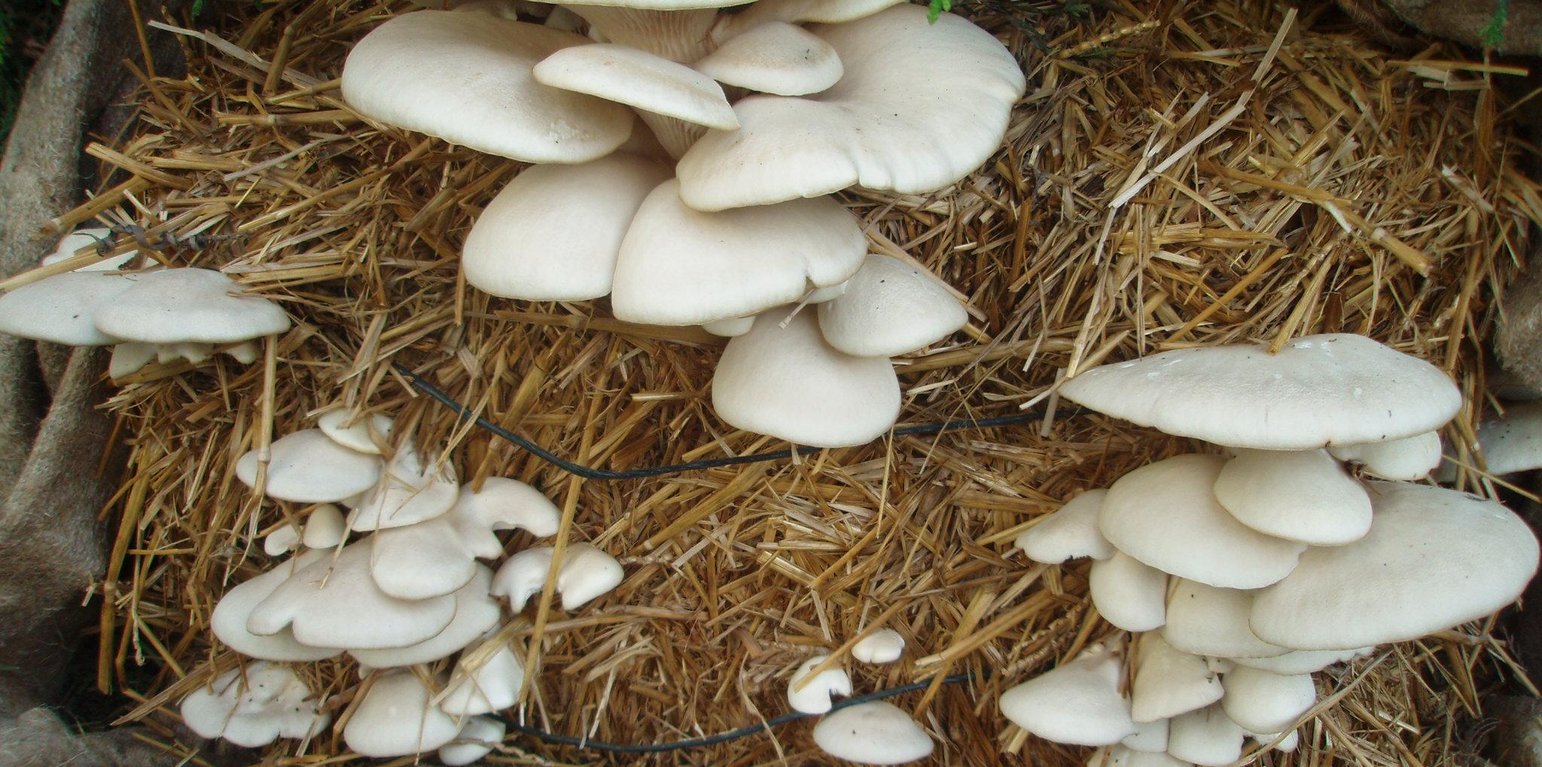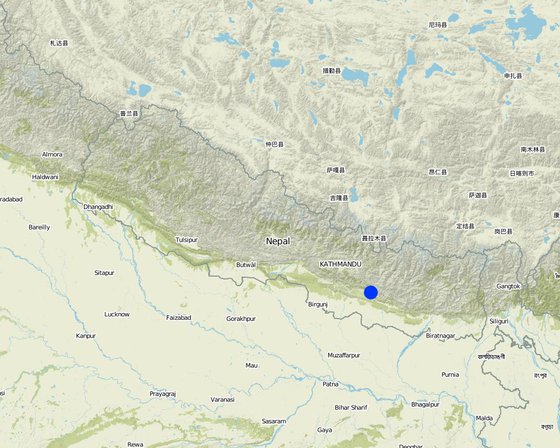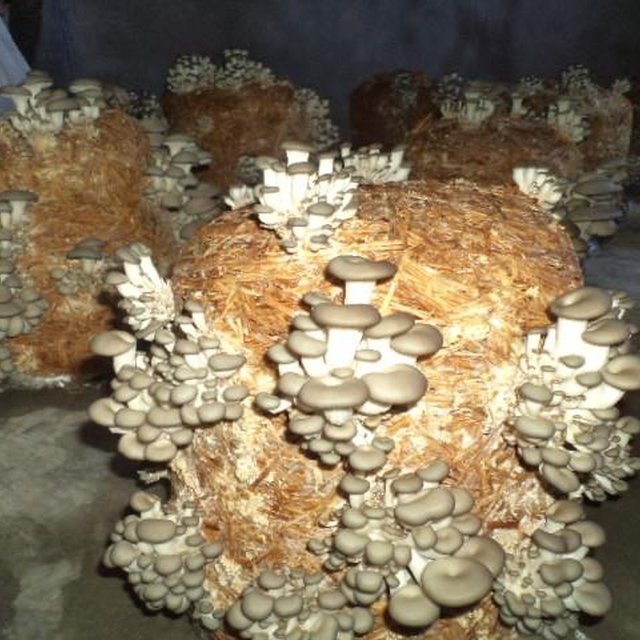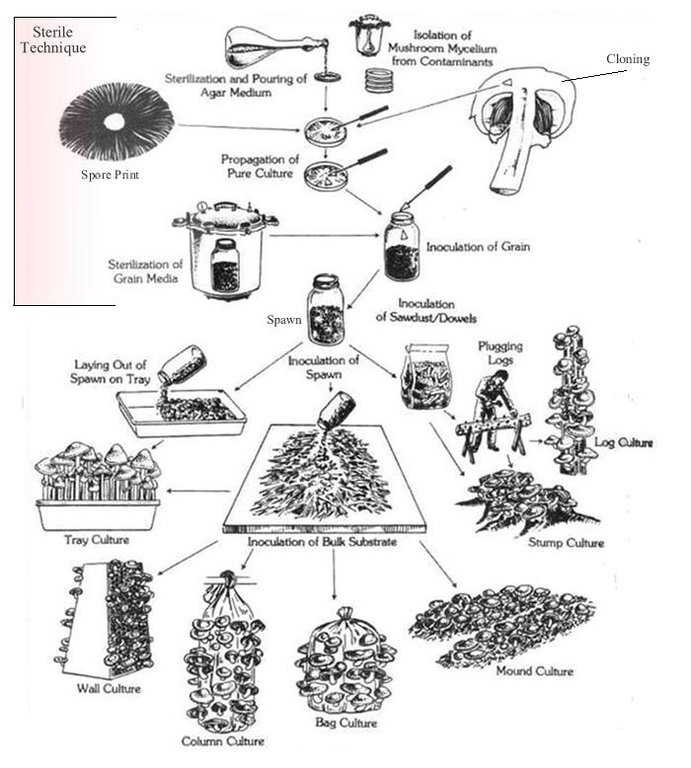



The technology is carried out in Kamalamai Municipality, Sindhuli District, Janakpur, Nepal. The Pennsylvania Department Of Environmental Protection (DEP), other regulator agencies and the community are at charge. Oyster were identified as being both economically viable and suited for local cultivation. Nepal Agriculture Research Council (NARC) and a few private organizations are the major resources centers for supplying the quality spawn to the farmer/growers.
Purpose of the Technology: The main purpose of this document is to provide uniform instructions and operating procedures for the use or disposal of mushroom compost (as soil amendment or conditioner). Another basic purpose is use of mushroom as food and income source for local farmers.
Establishment / maintenance activities and inputs: Best Practices for Environmental Protection in the Mushroom Farm
Community (1997) was developed as a result of realization among authorities of Pennsylvania DEP, to help people to understand that farms are operating according to the highest environmental standards, and will help improve coexistence with nearby residents, through environmental regulation. This implemented a mushroom farm development for specific operations with the natural resource conservation. The member co-ordination, knowledge, and experiences are critical in establishing the practices as workable and rational means to meet the goal of environmental protection and agricultural operation.
Natural / human environment: Mushroom Farm Environmental Management Plan (MFEMP) is designed to prevent pollution or danger of ground or surface water on common health, by helping in maintaining/improving the condition of soil, and prevent the pollution of surface water, groundwater and air, as well, at little or no cost. This technology helps local farmers to increase soil fertility and act as a good income source in small scale.

Location: Sindhuli, Janakpur, Nepal
No. of Technology sites analysed:
Spread of the Technology:
In a permanently protected area?:
Date of implementation:
Type of introduction




| Specify input | Unit | Quantity | Costs per Unit (Rupees) | Total costs per input (Rupees) | % of costs borne by land users |
| Construction material | |||||
| Straw | unit | 1.0 | 15.0 | 15.0 | 100.0 |
| Container | unit | 1.0 | 990.0 | 990.0 | |
| Fuel | unit | 1.0 | 125.0 | 125.0 | |
| Stove | unit | 1.0 | 770.0 | 770.0 | |
| Plastic | unit | 1.0 | 10.0 | 10.0 | |
| Cutting Machine | unit | 1.0 | 300.0 | 300.0 | |
| Total costs for establishment of the Technology | 2'210.0 | ||||
| Total costs for establishment of the Technology in USD | 24.56 | ||||
| Specify input | Unit | Quantity | Costs per Unit (Rupees) | Total costs per input (Rupees) | % of costs borne by land users |
| Labour | |||||
| Method of cutting straw | persons/day | 1.0 | 150.0 | 150.0 | 100.0 |
| Total costs for maintenance of the Technology | 150.0 | ||||
| Total costs for maintenance of the Technology in USD | 1.67 | ||||
Mushroom Compost usage
Leftover straw
Richer in nutrients than dry hay
Little to no cost required
Mushrooms sold widely as food source
Recreational method, provides options for farmers
1 or 2 individuals are enough.
Cheap and easy way for earning money
Mushroom compost used instead of chemical fertilizers
Good way to utilize time, gain profits
It has helped to increase knowledge
Provide nutrients to plants
Composting
Composting
Mushroom: edible fungi
Alternative mushroom composts